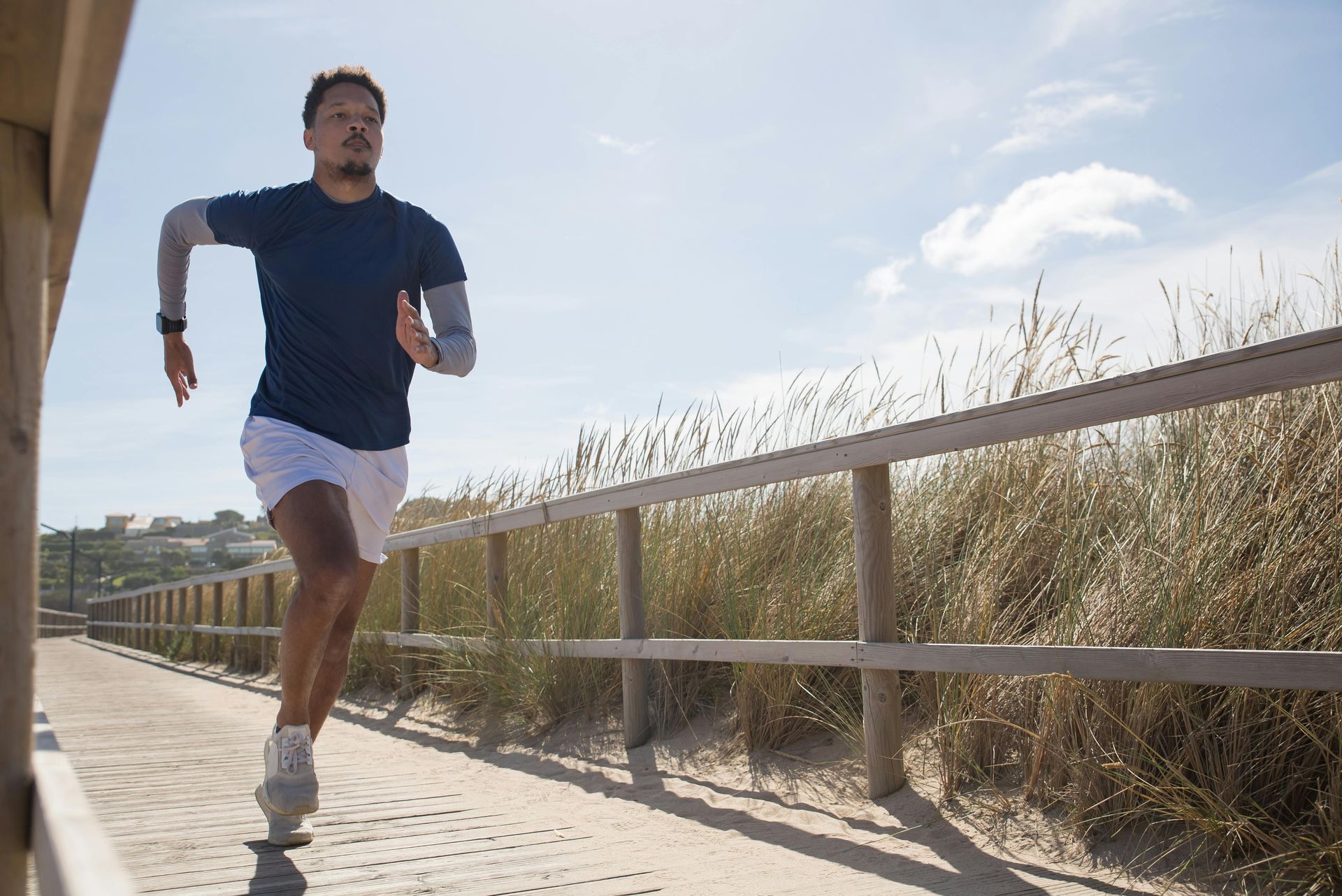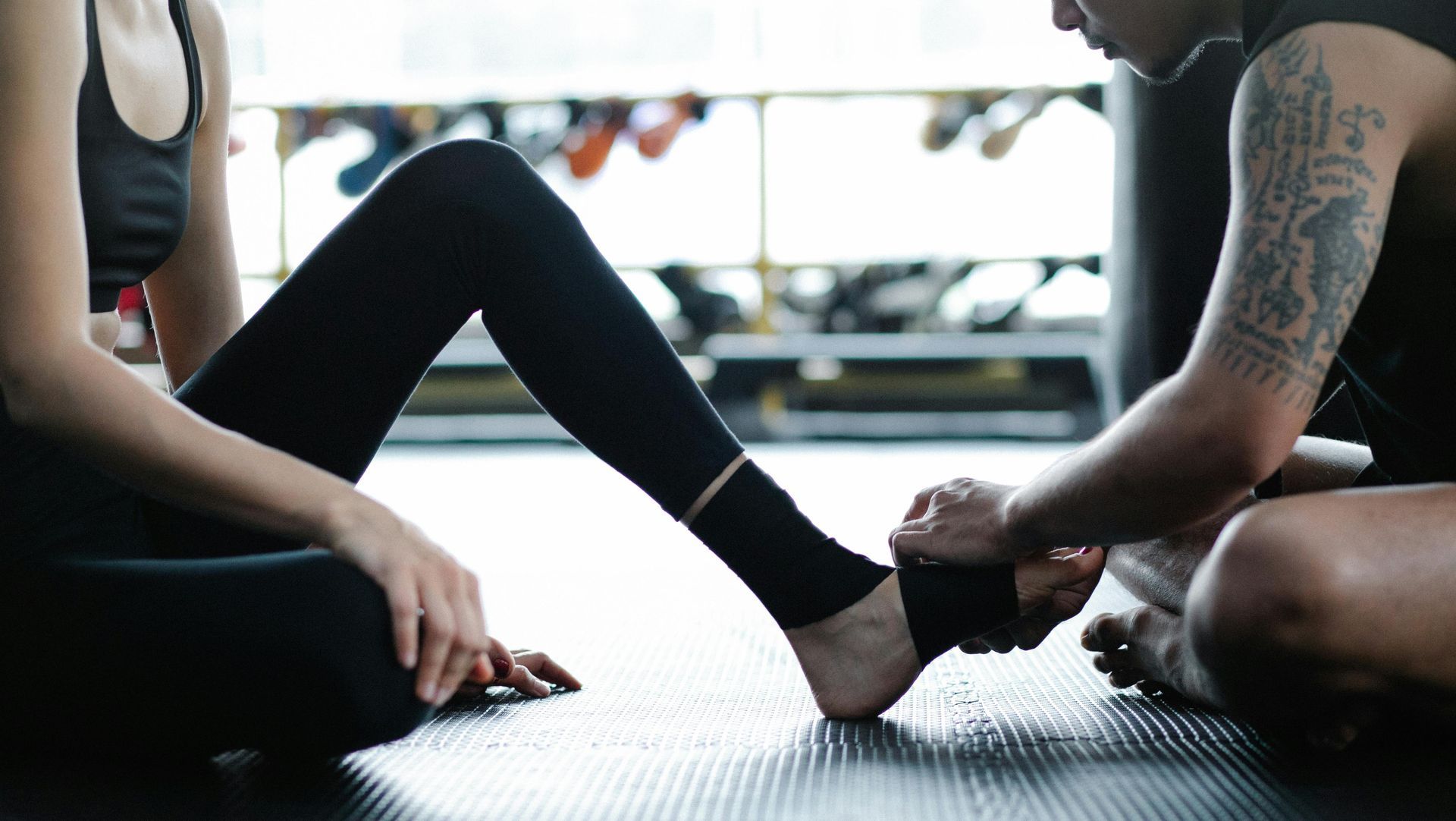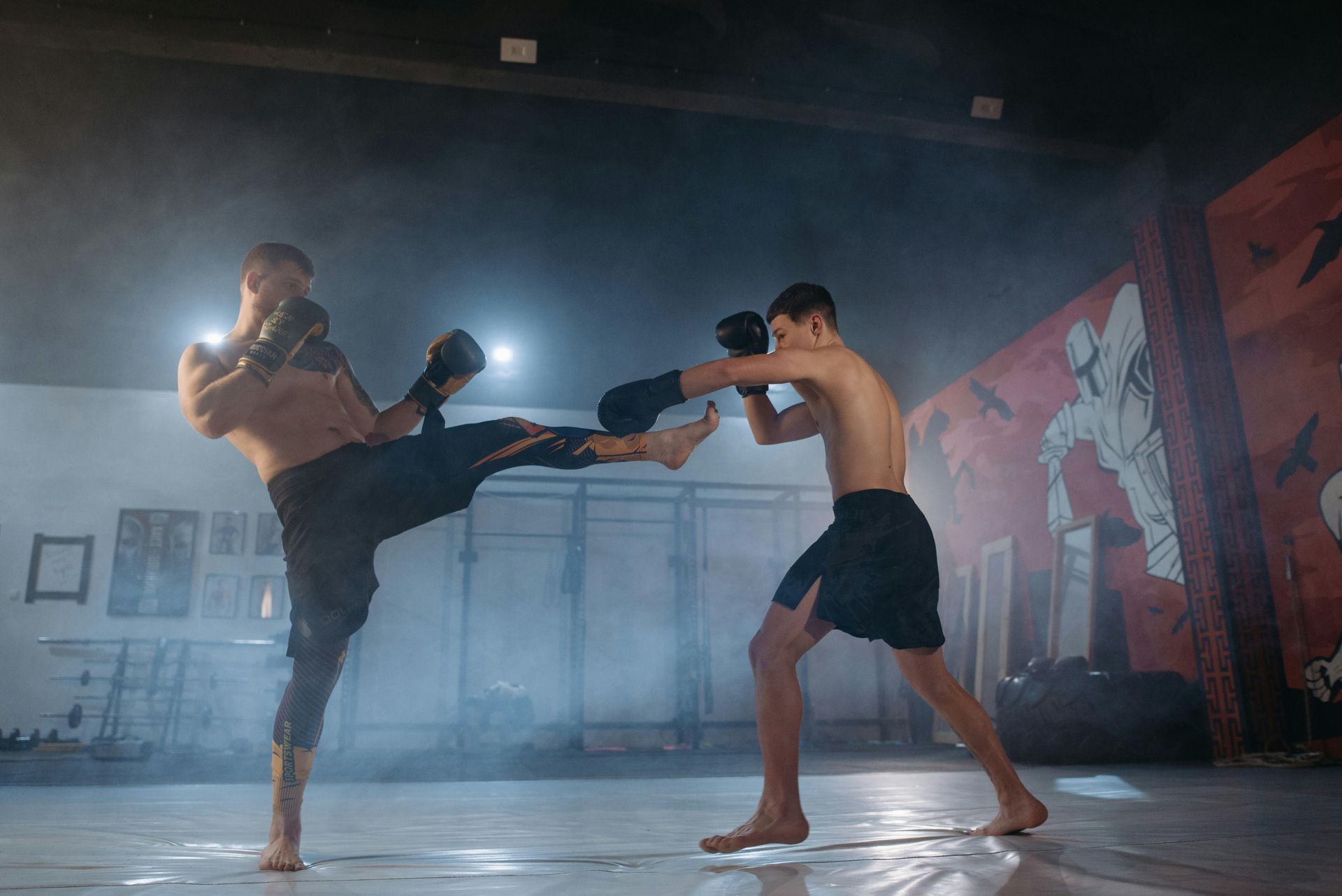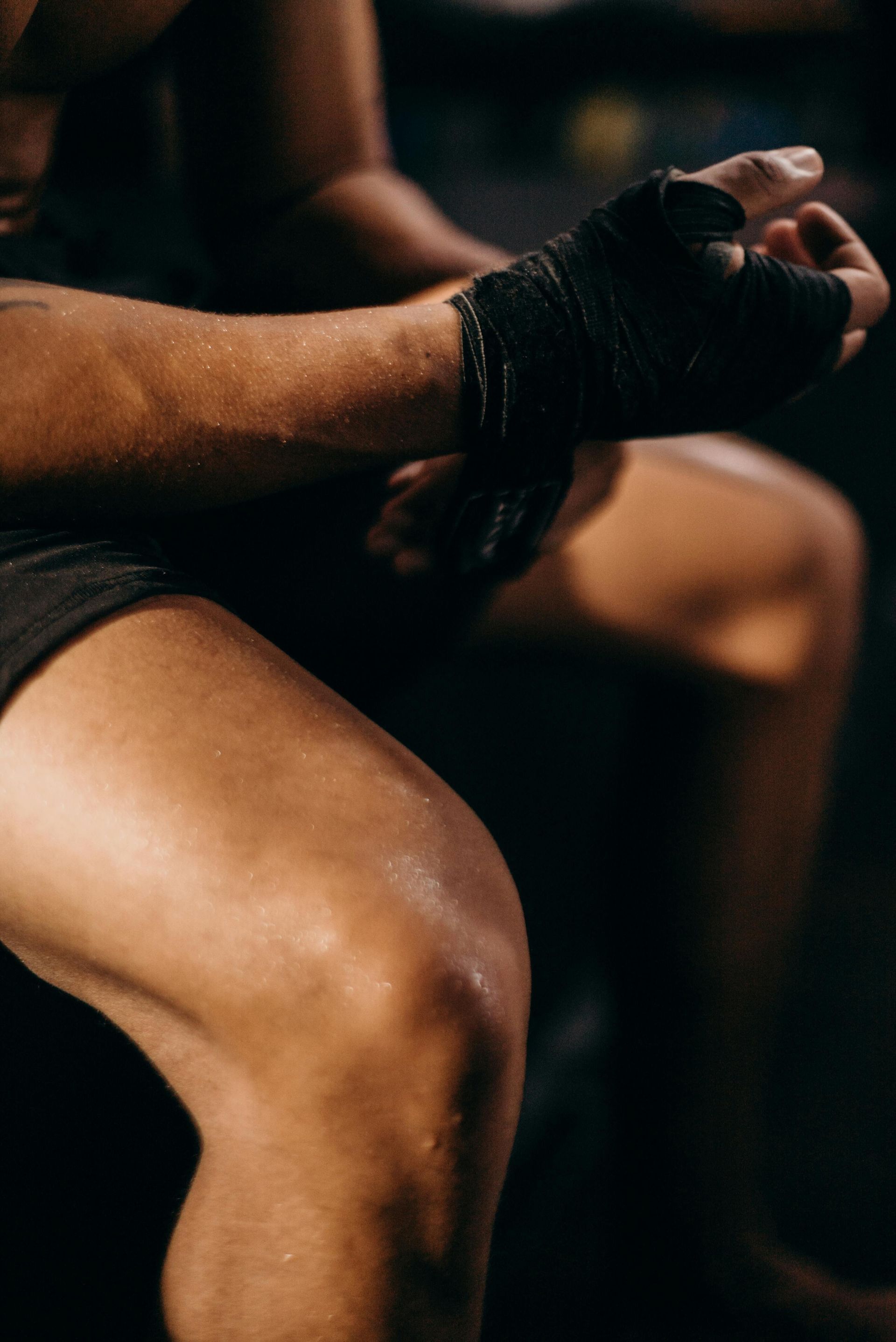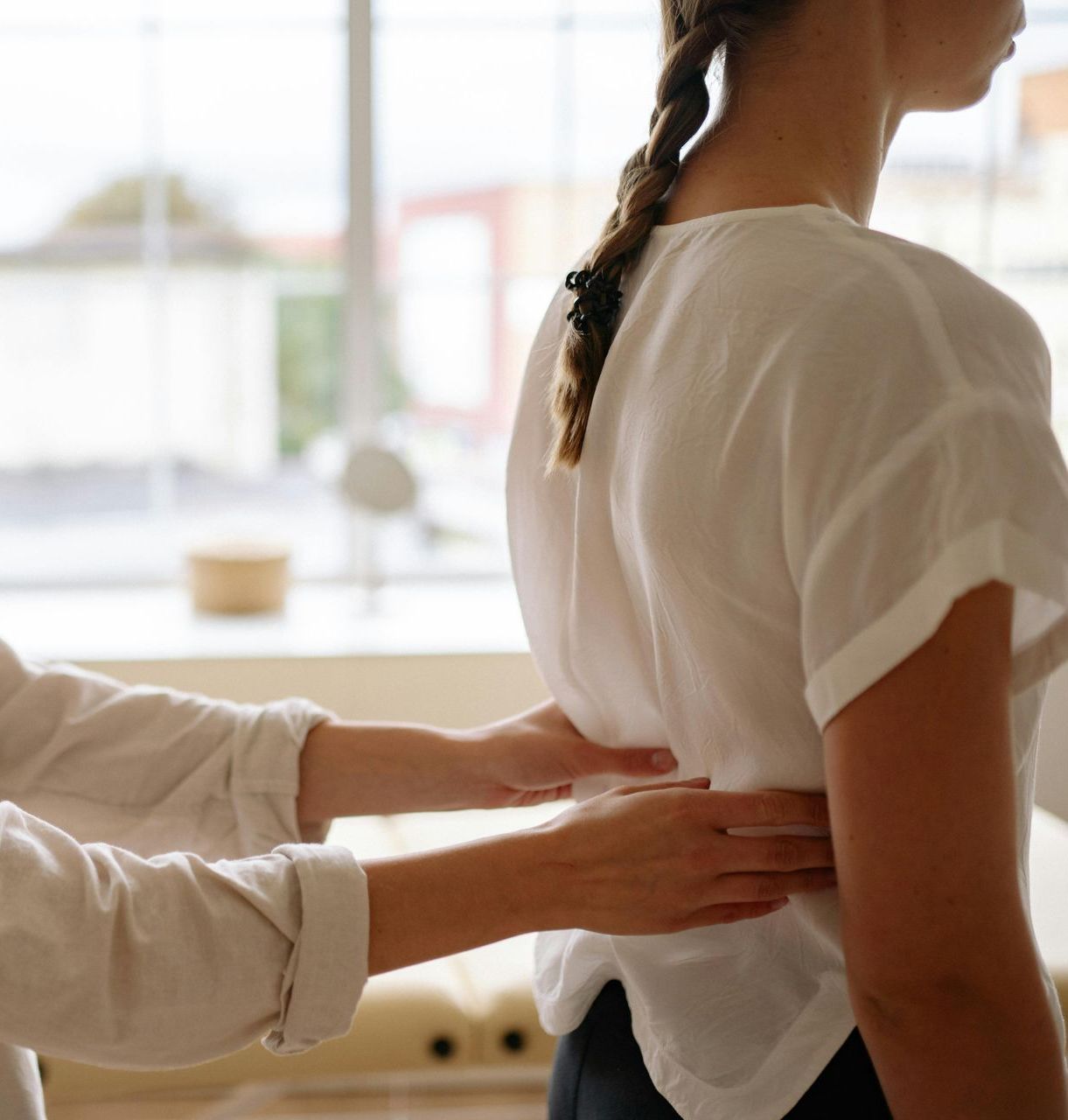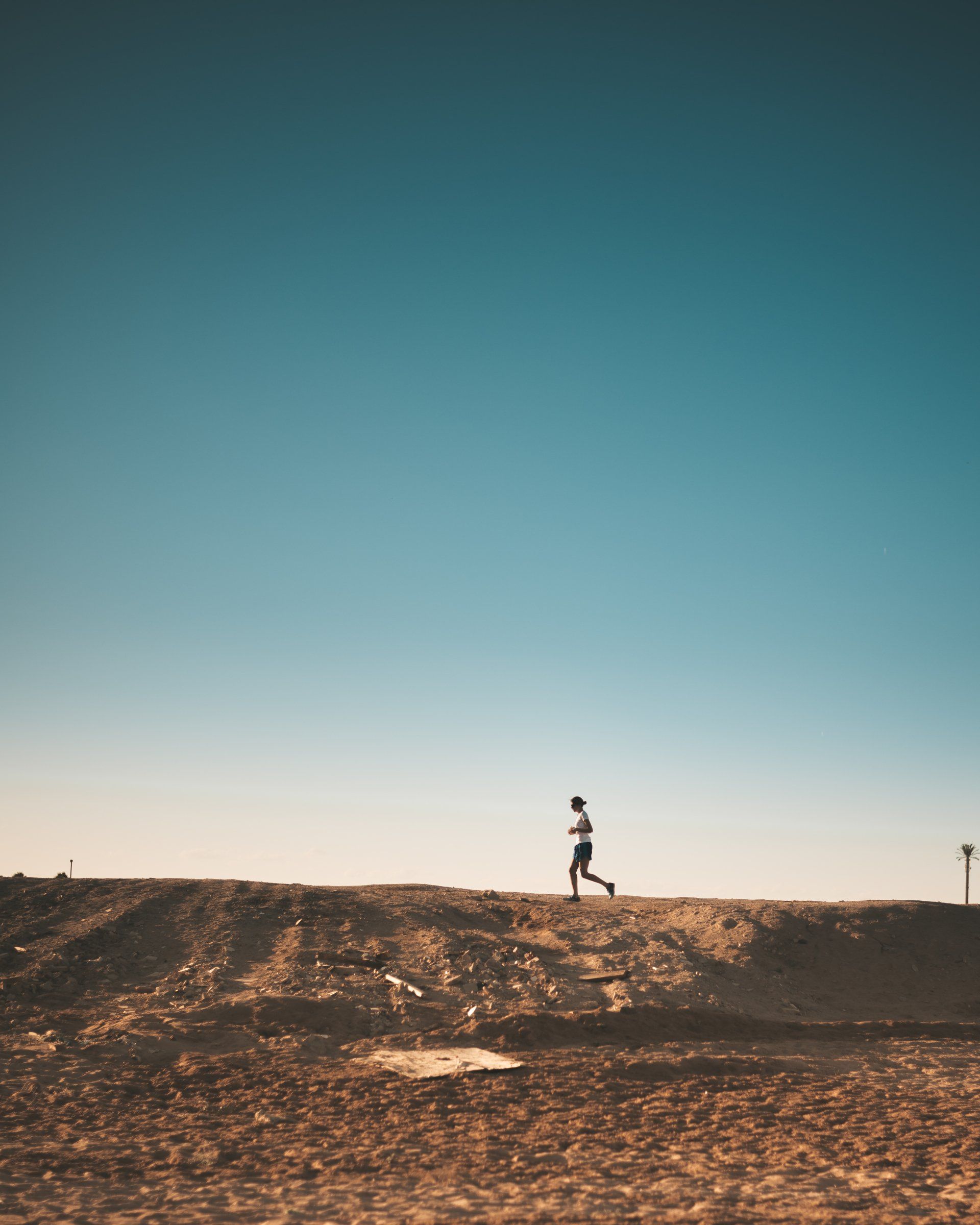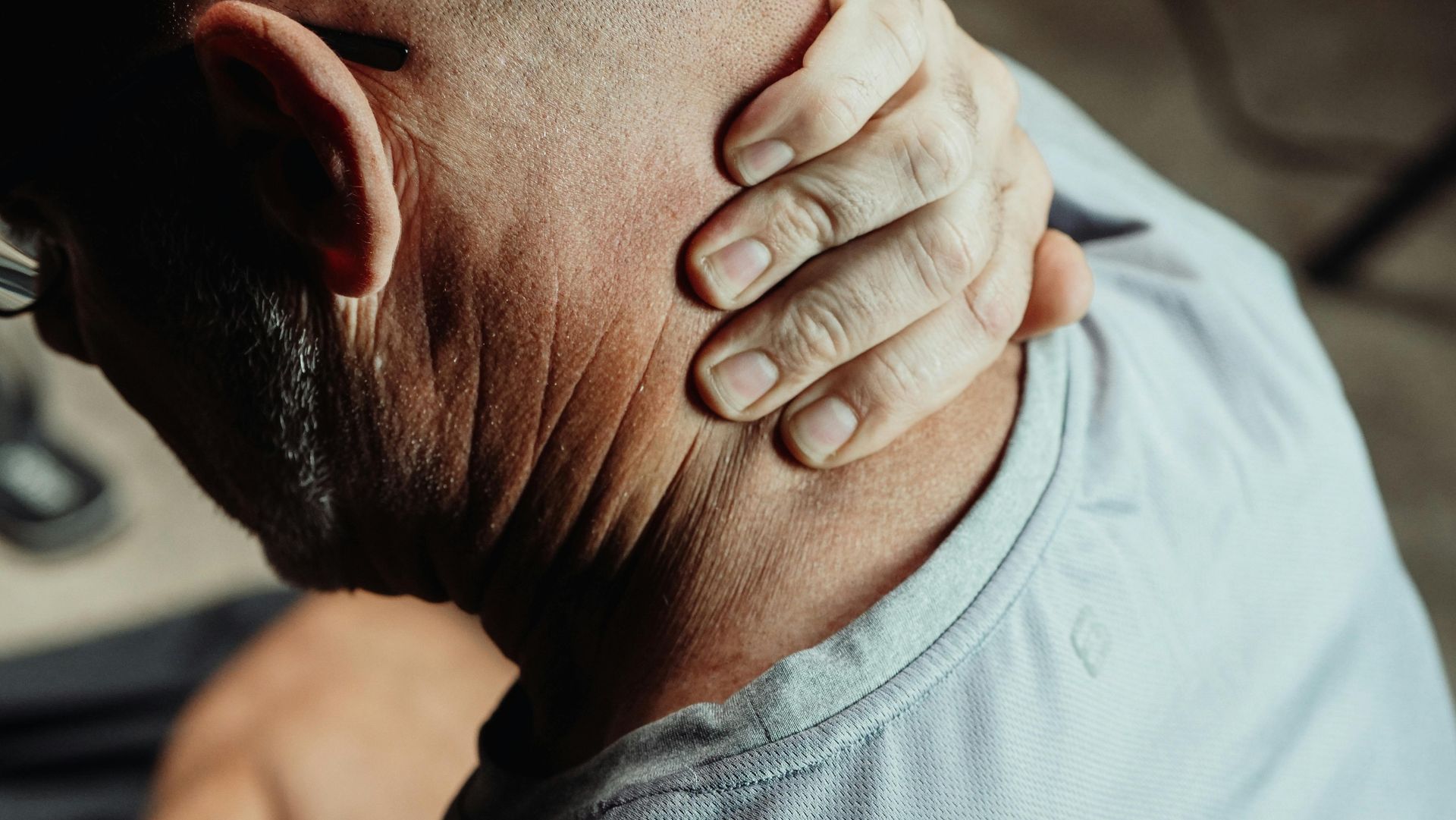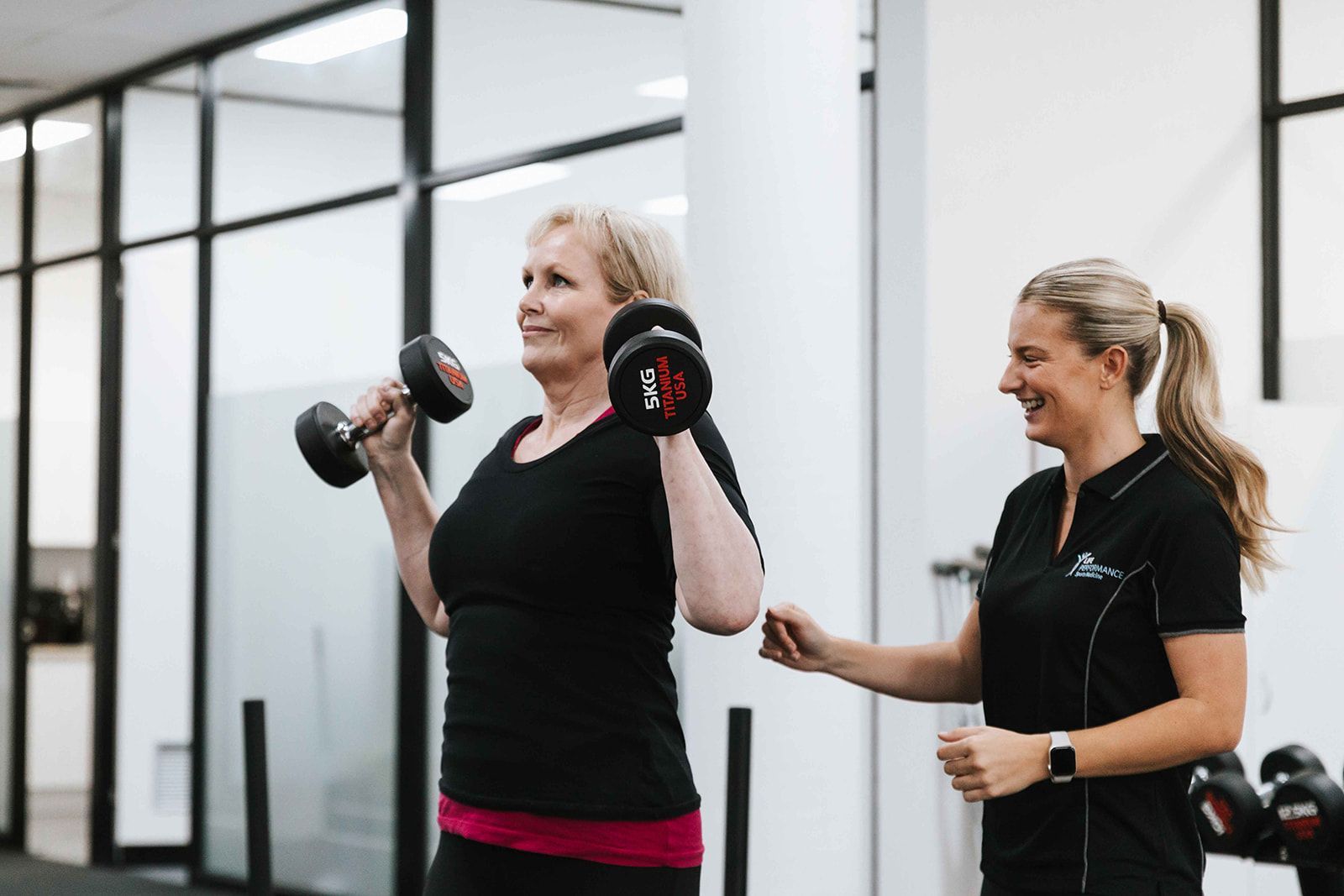Women’s football has taken a foothold!
A Brief journey into Men’s and Women’s Football boots.
I initially started writing this blog to help explore what to look for in the right pair of Football boots for players at all levels. The further I looked in soft ground versus hard ground, cleat versus stud, low cut versus high cut, mid sole bend, leather upper versus synthetic upper… the list goes on and can be quite complicated. However, I did stumble upon an interesting fact…........
The boots I was researching were mainly men’s football boots, or to say boots made for the male foot! This is not to say that I did not look for women’s football boots. I did, but the sad realisation dawned upon me. There weren’t that many out there with a few outliers being noted. This posed the question, is there a difference and should there be a difference in Women’s and Men’s football boots?
To answer this, we need to delve into a bit of history.
Traditionally, Football boots have been made from the last/mould by manufacturer based on Caucasian male foot shape (Thomson et al., 2021). Furthermore, some of the female boots on the market are based on a traditional men’s B width which do not factor in differences between Men’s and Women’s feet.
Studies by Kauss and colleagues in 2008 and 2010 have found that the adult female foot is anatomically different to the adult male foot. It is on average smaller. However, women generally have a wider forefoot relative to their foot length, a greater ankle circumference, a different ankle shape, and a more proximally placed fifth metatarsal (located on the outside of the forefoot). This is not saying that all female players exhibit these characteristics as there will be variance amongst all groups.
The lack of women’s specific football boots (soccer and AFL) has created a hole in the market until recently.
Brands such as Ida Sports have been leading the way (have a look at the linked article below) with female based football boot and the ethos of making boots that accommodate the nuances of the female athlete foot. In addition, ASICS has released the DS light for the female athlete foot.
The rise in participation of women’s sport in Australia with growth of AFLW, the Matilda’s flourishing on the world stage and lead up to Women’s world Cup in 2023 – brands such as Adidas, Nike and Puma have started to release their women’s ranges. Not only offering a variety in course but allowing for better fitting boots, improved comfort levels and decrease in injuries such ACLs & fractures.
So, is there a difference between Men’s and Women’s football boots?
The simple answer is yes!
For more information on how we can Errol St Physiotherapy can help you with your next football boot choice please feel free to reach out to one of our team.
Articles:
https://www.theguardian.com/football/2020/dec/17/football-boots-designed-for-women
https://www.rmit.edu.au/news/all-news/2020/march/ida-sports-football-boot-for-women
https://www.foothealthaustralia.org.au/foot-health-news/championing-success-in-womens-football
References:
Krauss I, Valiant G, Horstmann T, et al. Comparison of female foot morphology and last design in athletic footwear--are men’s lasts appropriate for women? Res Sports Med Print 2010;18:140–56. doi:10.1080/15438621003627216
Krauss I, Grau S, Mauch M, et al. Sex-related differences in foot shape. Ergonomics 2008;51:1693–709. doi:10.1080/00140130802376026.
Thomson, A. et al.,(2021) “HEY COACH/DOCTOR/PHYSIO/ PODIATRIST/DAD/MUM: WHAT FOOTBALL BOOT IS BEST FOR ME”? https://www.aspetar.com/journal/viewarticle.aspx?id=537#.Yfm-cFhBx0t
